Balancing Act: How to Manage Work-Life Integration
Finding a balance between work and personal life can be elusive, especially for female leaders. The pressures of leading a team, managing projects, and meeting professional goals often clash with personal responsibilities and the need for self-care. However, achieving work-life integration is possible and essential for long-term success and well-being. Here are some strategies to help female leaders effectively manage work-life integration.
1. Set Clear Boundaries
One of the first steps to achieving work-life integration is setting clear boundaries between work and personal life. Define specific work hours and stick to them as much as possible. Communicate these boundaries to your team and family to ensure everyone respects your time. This practice helps prevent work from spilling over into personal time and vice versa.
2. Prioritize Tasks
Effective time management is crucial for balancing work and personal responsibilities. Start by prioritizing your tasks based on urgency and importance. Focus on high-priority functions that align with your long-term goals and delegate or postpone less critical tasks. Tools like to-do lists and project management apps can help you stay organized and on track.
3. Embrace Flexibility
While boundaries are important, so is flexibility. Understand that there will be times when work demands more of your attention and times when personal life takes precedence. Embrace this flexibility and adapt your schedule as needed. For instance, if you have a major project deadline, you might need to work late one night but can compensate by taking time off later.
4. Leverage Technology
Technology can be both a blessing and a curse. Use it to your advantage by leveraging tools that enhance productivity and communication. Video conferencing, collaborative platforms, and mobile apps can help you stay connected and manage tasks efficiently. However, it also makes it a point to disconnect from technology during personal time to recharge.
5. Delegate and Seek Support
As a leader, you must recognize that you can’t do everything yourself. Delegate tasks to your team members and trust them to handle responsibilities. Additionally, seek support from family and friends to help manage personal responsibilities. Don’t hesitate to ask for help when needed, whether it’s at work or home.
6. Practice Self-Care
Taking care of yourself is paramount to maintaining work-life integration. Prioritize self-care activities such as exercise, meditation, hobbies, and spending time with loved ones. Ensuring you have time for self-care helps reduce stress, boosts productivity, and enhances overall well-being.
7. Set Realistic Expectations
Be realistic about what you can achieve within a given timeframe. Avoid overcommitting and learn to say no when necessary. Setting realistic expectations for yourself and others helps prevent burnout and ensure you can maintain a healthy balance.
8. Plan and Schedule
Planning and scheduling are critical components of effective work-life integration. Use a planner or digital calendar to schedule work tasks, personal activities, and downtime. Planning allows you to allocate time for essential activities and ensures nothing falls through the cracks.
9. Cultivate a Supportive Work Environment
Creating a supportive work environment can significantly impact your ability to achieve work-life integration. Encourage open communication, flexibility, and mutual respect within your team. A positive work culture fosters collaboration and understanding, making balancing professional and personal responsibilities easier.
10. Reflect and Adjust
Regularly reflect on your work-life integration efforts and adjust as needed. Assess what’s working and what isn’t, and be willing to make changes to improve your balance. Continuous reflection and adjustment help you stay aligned with your goals and maintain a healthy equilibrium.
Achieving work-life integration as a female leader is a continuous process that requires intentional effort and flexibility. By setting boundaries, prioritizing tasks, embracing flexibility, leveraging technology, seeking support, practicing self-care, setting realistic expectations, planning, cultivating a supportive work environment, and regularly reflecting on your progress, you can effectively manage the demands of your professional and personal life. Remember, a balanced life is not about perfection but finding harmony and fulfillment in all aspects of your life.





